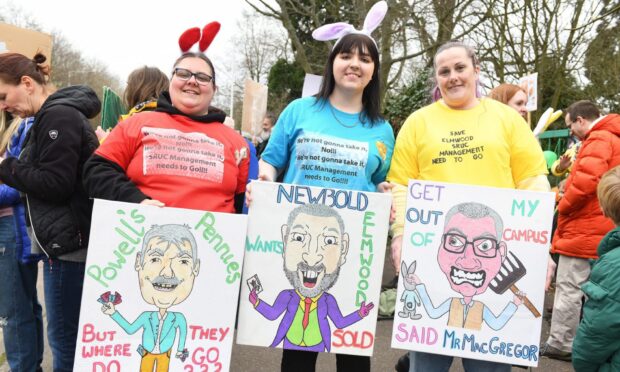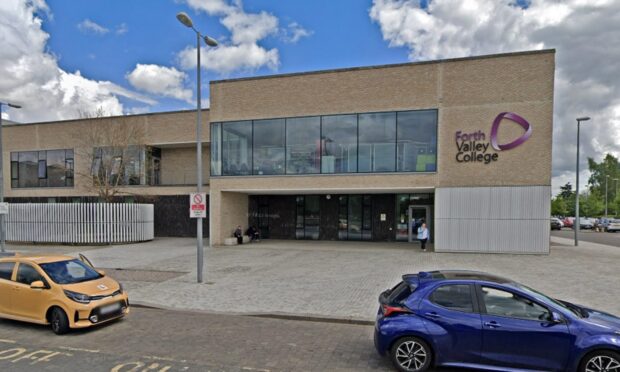Tayside children have been urged to do some “sole searching” as part of a Dundee University project to help forensic scientists take a step forward in creating a new research database.
The University’s Leverhulme Research Centre for Forensic Science (LRCFS) is undertaking the largest study into the variation of footwear marks made by the same shoes across different surfaces and activities.
Shoeprints deposited at crime scenes may be used to link a type or even specific shoe to the incident but investigators need to know how footwear marks change over time, surfaces or with different pressures and activities, such as jumping and running.
The research project will explore links between shoes and the marks they make by asking thousands of individuals to take part in a large-scale citizen science imitative and take pictures of their own footwear and the imprints they leave behind.
This will help the Dundee team build a substantial database for use in their research to aid the scientific validation of footwear marks as evidence for use in the criminal justice system.
Professor Niamh Nic Daeid, director of LRCFS, said: “Footwear marks are a common evidence type found at crime scenes and can be made on many different surfaces.
“They are recovered by crime scene examiners and may be used to potentially determine the footwear type and possibly other information to try and identify a specific shoe or to link crime scenes together.
“However we have little scientific studies to help us in understanding how certain we can be about such links.
“Within our research centre we want to explore new ideas and approaches for tackling some of the challenges in forensic science, particularly around creating open databases of information that forensic scientists need.”
Schoolchildren in and around Dundee are among those who will be participating in the Sole Searching project.
The experiment has been described by academics as an ideal classroom activity and appears in the secondary schools activity pack produced by the British Science Association for British Science Week.
The images and measurements participants provide will demonstrate the marks different types of footwear make when the wearer is standing, walking, running and jumping.
The researchers will also improve understanding of how characteristics such as cuts or worn soles appear in multiple footwear marks made by the same shoe and person.
The Leverhulme Research Centre in Forensic Science is a 10-year, £10 million project funded by the Leverhulme Trust and directed by Professor Nic Daeid.
Working closely with both Scottish and English judiciaries, forensic scientists and law enforcement, LRCFS’ aim is to improve public and judicial confidence in forensic science.
To get involved in the Sole Searching project, visit www.dundee.ac.uk/leverhulme/citizenscience/details/sole-searching.php










